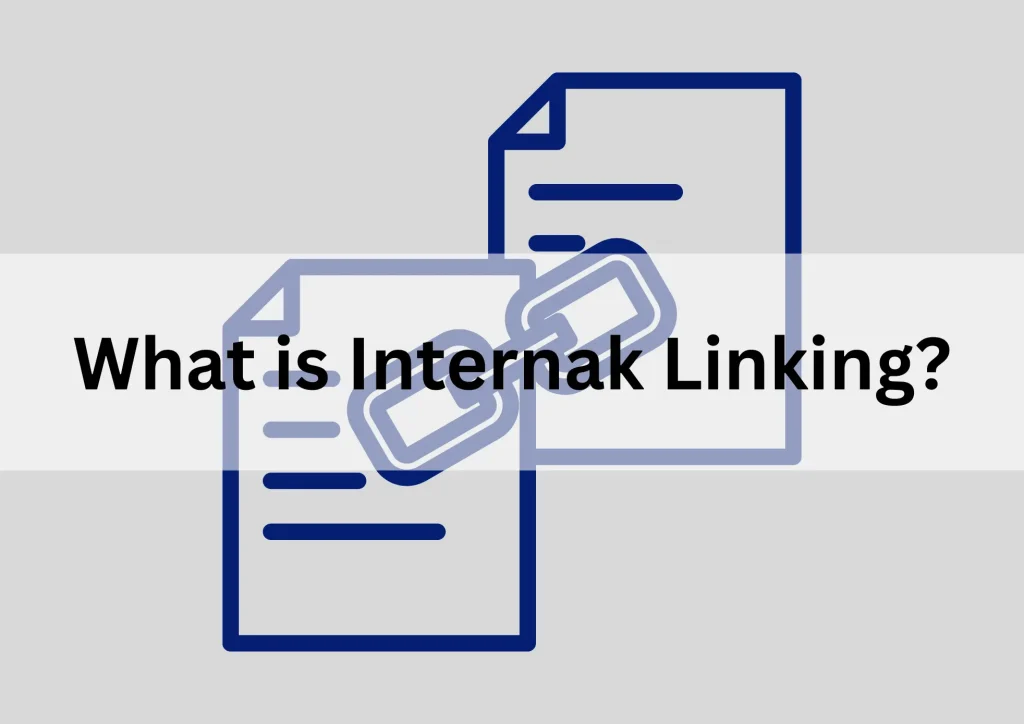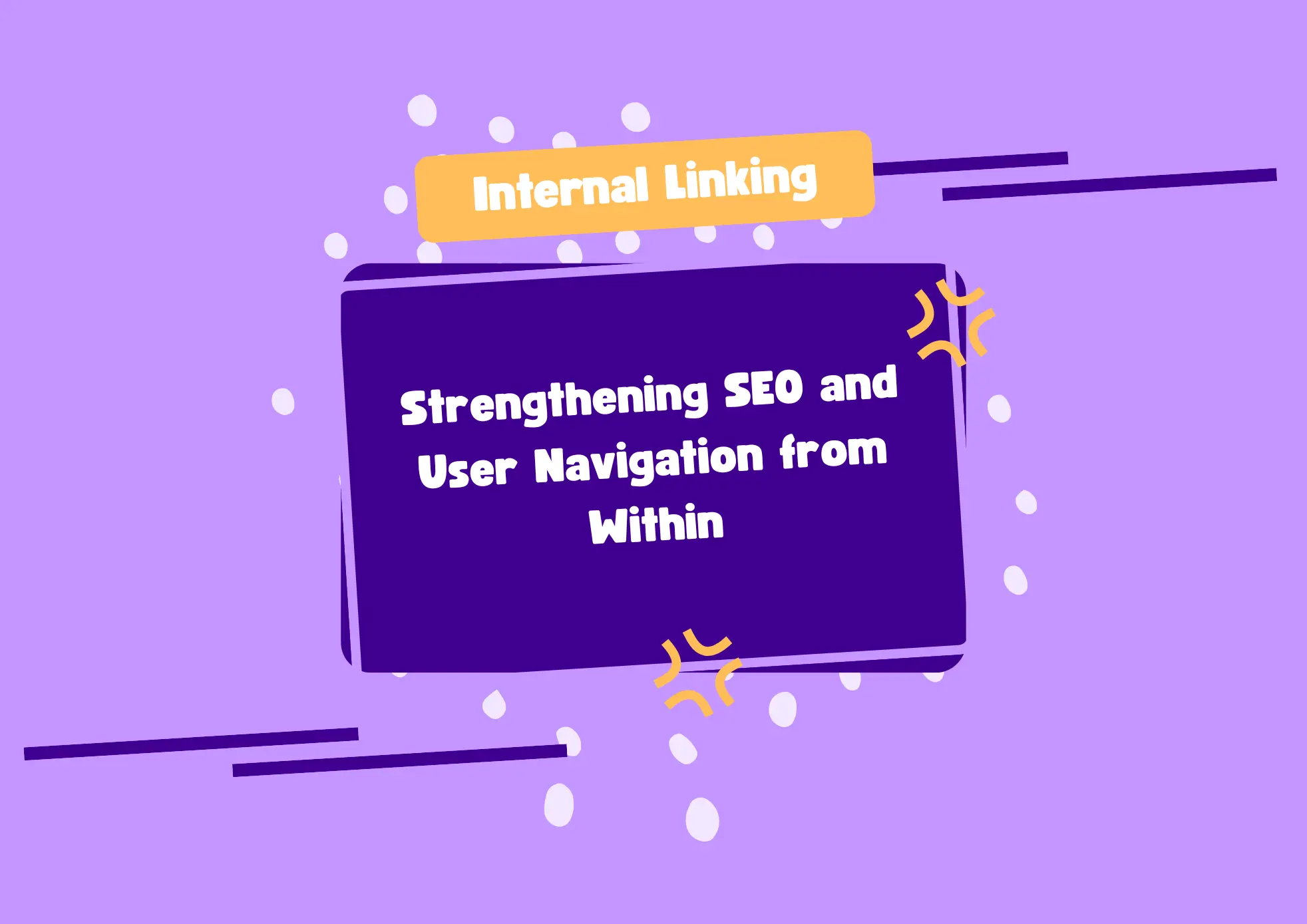Internal linking is a foundational yet often overlooked aspect of on-site SEO. By strategically connecting your web pages through internal links, you not only guide visitors through your content but also help search engines crawl and index your site more effectively. Done right, internal linking can significantly boost user engagement, authority distribution, and page visibility.
Internal Linking: What It Is and Why It Matters

Internal links are hyperlinks that connect one page of a website to another page on the same domain. These links are vital for establishing a clear site structure, helping both users and search engines discover related content.
Benefits of Internal Linking:
- Improves Crawlability: Search engines use internal links to discover new pages and understand site hierarchy.
- Distributes Page Authority: Link equity (ranking power) can be passed from high-performing pages to other key pages.
- Enhances User Experience: Helps users navigate your site more easily and find relevant content.
- Increases Time on Site: When users explore more pages via internal links, it reduces bounce rates and improves engagement.
Best Practices for Effective Internal Linking
Creating an internal linking structure isn’t just about adding random links—it’s about doing so intentionally and strategically. Here’s how to do it right:
Use Descriptive Anchor Text:
- Anchor text (the clickable part of the link) should clearly describe the linked content.
- Avoid vague phrases like “click here” or “read more.”
- Example: Use “learn how to write effective meta descriptions” instead of “click here.”
Link to Relevant Content:
- Only link to content that is contextually related to the page the user is on.
- This keeps users engaged and reinforces topical relevance in the eyes of search engines.
Prioritize Important Pages:
- Link more frequently to cornerstone content or high-conversion pages.
- This signals to search engines that those pages are more important.
Use a Logical Structure:
- Follow a silo structure or hierarchy where category pages link to sub-pages, and vice versa.
- Ensure every page is reachable within a few clicks from the homepage.
Avoid Overlinking:
- Don’t flood your content with too many links; this can confuse users and dilute SEO value.
- A few well-placed, relevant links are more effective than dozens of arbitrary ones.
The Role of Internal Linking in SEO
Internal linking is supported and emphasized by major search engines like Google. According to Google’s SEO Starter Guide, a well-organized linking strategy helps search engines:
- Understand the relationship between pages.
- Determine the relative importance of pages.
- Identify new content to index.
By maintaining a consistent internal linking structure, you not only boost SEO performance but also help guide visitors toward valuable actions or information.
Internal linking might not seem as glamorous as backlinks or technical SEO, but it’s one of the most powerful and manageable tools at your disposal. When done correctly, it enhances both user experience and search engine visibility—creating a win-win for site owners and visitors alike.
For deeper insights and tools to audit your internal linking strategy, consult Google Search Central’s Best Practices for Internal Linking.



